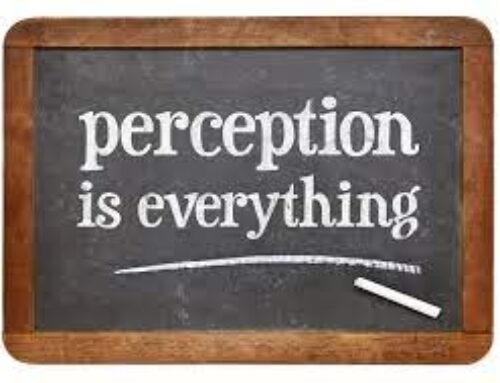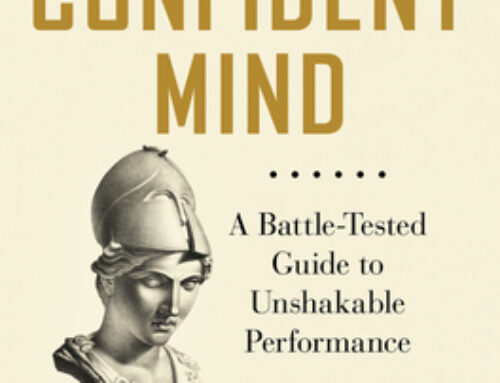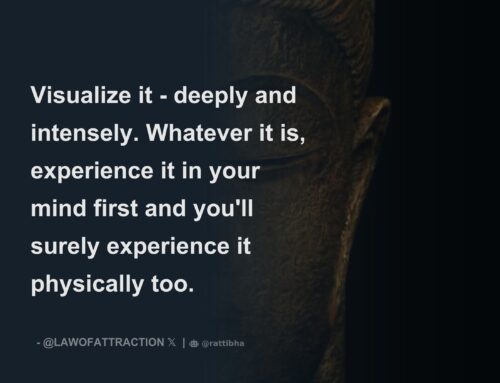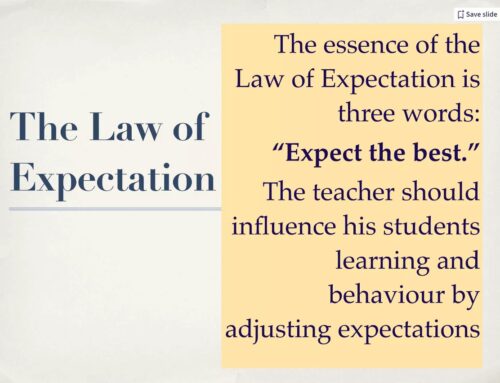In life, just as in games, we often encounter two distinct strategies: playing to win and playing not to lose. These approaches, while seemingly similar, stem from very different mindsets and can lead to vastly different outcomes in our personal and professional lives.
Playing to Win: The Offensive Strategy
Playing to win is about adopting an offensive strategy, focusing on growth, taking calculated risks, and pursuing success actively. It’s about setting ambitious goals and doing whatever it takes to achieve them. This approach aligns with a growth mindset, where challenges are seen as opportunities to learn and develop.
Characteristics of Playing to Win:
- Risk-Taking: Willingness to take calculated risks to achieve greater rewards.
- Proactivity: Taking initiative and acting in anticipation of future needs or changes.
- Growth Mindset: Embracing challenges, learning from failures, and persistently working towards goals.
- Innovation: Constantly seeking new opportunities and ways to improve and succeed.
Playing Not to Lose: The Defensive Strategy
Conversely, playing not to lose is a defensive strategy. It’s about being cautious, avoiding risks, and focusing on preserving what one already has. This approach is often driven by fear of failure, leading to a fixed mindset where the status quo is maintained at all costs.
Characteristics of Playing Not to Lose:
- Risk Aversion: Avoiding risks to prevent potential losses, even at the expense of potential gains.
- Reactivity: Responding to situations as they arise rather than anticipating and preparing for them.
- Fixed Mindset: Viewing challenges as threats and failures as a reflection of one’s capabilities.
- Conservatism: Preferring traditional methods and resisting change.
The Impact on Life
The strategy we choose impacts every aspect of our lives, including our careers, relationships, personal growth, and overall happiness.
Playing to Win in Life:
- Career: People who play to win are more likely to pursue ambitious career goals, embrace leadership roles, and seek continuous improvement and innovation in their work.
- Relationships: They approach relationships with openness and authenticity, willing to invest deeply despite the inherent risks of vulnerability.
- Personal Growth: They view life as a journey of continuous learning and self-improvement, embracing new experiences and challenges.
Playing Not to Lose in Life:
- Career: Individuals playing not to lose may stick to comfortable, secure jobs, avoiding career moves that could lead to greater fulfillment or success due to fear of failure.
- Relationships: They may be cautious in forming new relationships or deepening existing ones to avoid potential pain or loss.
- Personal Growth: Their growth may stagnate as they stick to what they know and avoid the discomfort of new challenges.
Finding Balance
While playing to win seems inherently superior, it’s essential to find a balance. Blindly pursuing success without regard for potential risks can lead to burnout and failure. Similarly, being overly cautious and avoiding all risks can lead to missed opportunities and regret.
The key is to adopt a balanced approach that combines the ambition and proactivity of playing to win with the prudence and risk management of playing not to lose. This balance allows us to pursue our goals ambitiously while also being mindful of our limitations and the potential consequences of our actions.
Conclusion
The dichotomy between playing to win and playing not to lose offers a valuable lens through which to examine our life strategies. Ultimately, adopting a balanced approach that incorporates the best aspects of both strategies can lead us to a more fulfilling and successful life. By understanding and applying these concepts, we can navigate life’s challenges more effectively, making decisions that align with our goals, values, and the kind of life we want to live.




